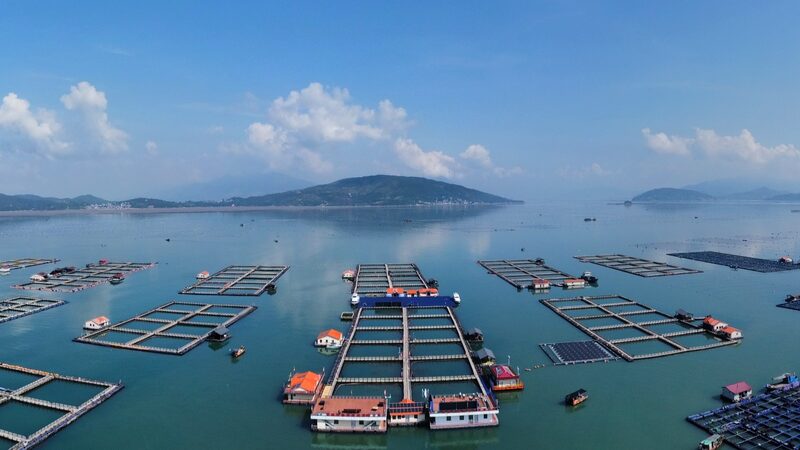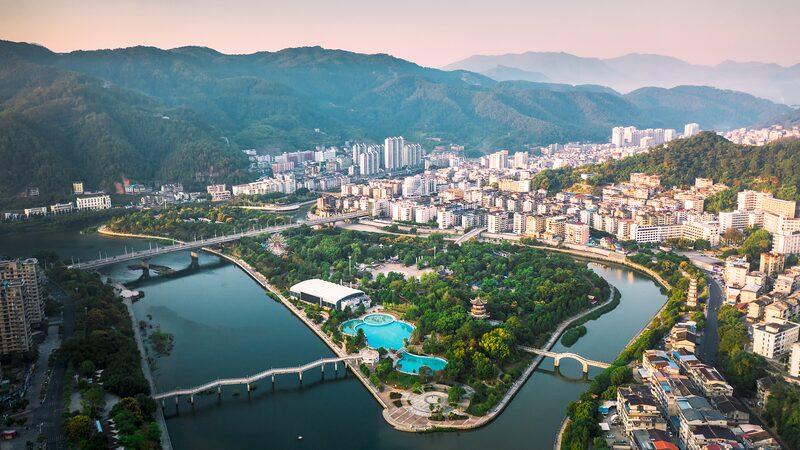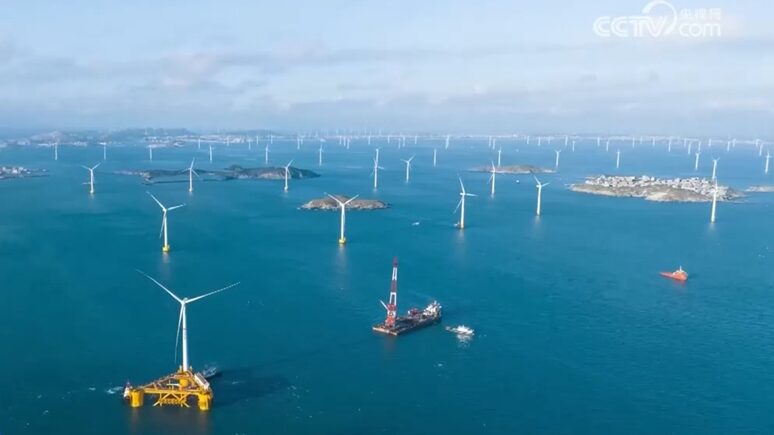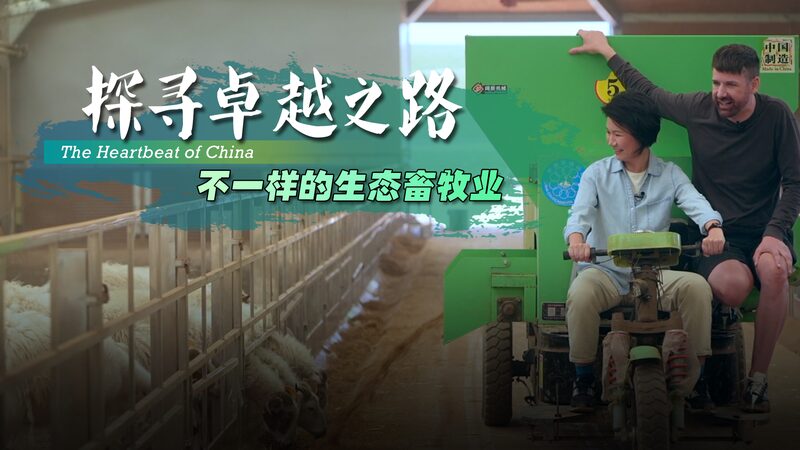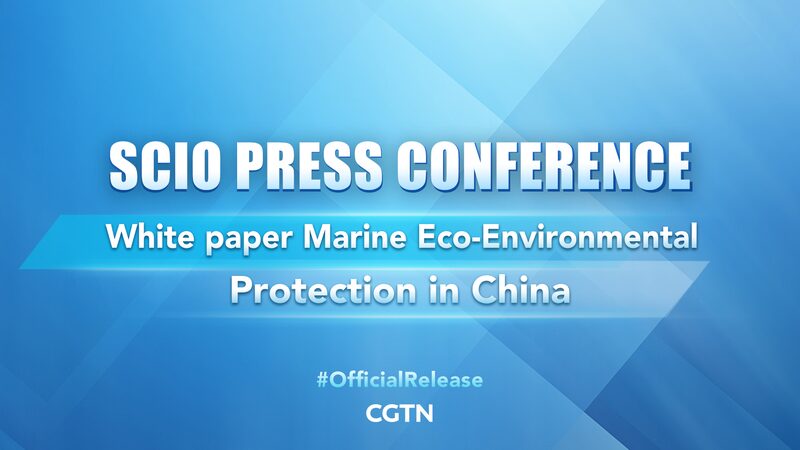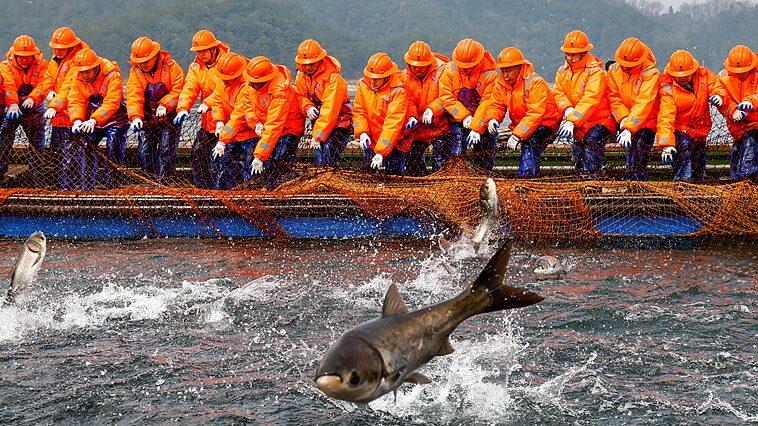Nestled along the southeast coast of China, Sandu’ao in Ningde City, Fujian Province, is a picturesque harbor renowned as the hometown of the large yellow croaker. This coastal gem has long been a vital hub for fishing, with generations of fishermen relying on the abundant marine resources that the East China Sea provides.
For centuries, the large yellow croaker has been more than just a staple for the local community; it has been integral to their culture and livelihood. However, traditional fishing methods and increasing demand led to concerns over sustainability, threatening both the species and the economic future of Sandu’ao’s residents.
Recognizing the need for change, the fishermen of Sandu’ao embarked on a transformative journey towards sustainable aquaculture. The floating fishing villages, once symbolic of age-old practices, began integrating modern, environmentally friendly techniques to farm yellow croakers responsibly. This shift not only helped in replenishing fish populations but also ensured long-term economic stability for the community.
By adopting sustainable farming practices, Sandu’ao has set a precedent for fishing communities across Asia. The integration of scientific methods in aquaculture has minimized environmental impact while meeting market demands. The floating villages have become a model of how traditional industries can adapt to contemporary challenges without losing their cultural essence.
Sandu’ao’s commitment to sustainability reflects a broader movement within China to balance economic growth with environmental stewardship. As global attention turns towards responsible consumption and production, the story of Sandu’ao’s fishermen offers valuable insights into how communities can thrive by embracing sustainable practices.
Reference(s):
cgtn.com
